The Department of Labor’s final tip rule was scheduled to take effect on December 28, 2021. As drafted, the final rule will limit the amount of time tipped employees can spend performing non-tip-producing work while still receiving cash wages as low as $2.13 per hour.
Note: A lawsuit was filed on December 3, 2021 seeking an injunction against the implementation of the final rule. Details are provided below, and this article will be updated as developments arise.
The final rule:
- Resurrects and modifies the 80/20 rule
- Implements a new “30 continuous minutes” rule
- Introduces the term “tipped occupation”
- Allows the tip credit for certain “side duties” performed by tipped employees, while denying the tip credit for others
- Will impose undue burden on restaurants by requiring them to monitor three separate types of tasks performed by tipped employees to determine which wages are eligible for the tip credit and which are not:
- Tip-producing
- Tip-supporting
- Tasks that are not part of a tipped occupation
A refresher: What is the tip credit?
While the Fair Labor Standards Act (FLSA) generally requires covered employers to pay its nonexempt employees at least the federal minimum wage (currently $7.25 per hour), an exception exists for employers with tipped employees. *Under this exception, an employer is permitted to pay cash wages as low as $2.13 per hour to tipped employees and count tips received by those employees as a credit (“tip credit”) against the balance of its minimum wage obligation. If a tipped employee does not earn enough tips to allow the employer to satisfy its minimum wage requirement, the employer must pay the remaining difference in cash.
* Tipped employees are defined as employees who customarily and regularly receive more than $30 a month in tips.
A brief history of the tip credit
| Tip Credit is enacted/ DOL issues Initial Regulations | DOL Implements 80/20 Rule | DOL Rejects 80/20 Rule | |
| When: | 1966/1967 | 1988 | 2018 |
| Eligibility for the tip credit based on: | Employee’s occupation (tipped employee)* | Amount of time spend on non-tip generating duties | Employee’s Occupation (tipped employee)* |
| Are “side duties” performed by tipped employees eligible for the tip credit: | Yes, so long as performed while employee is engaged in an occupation as a tipped employee. Examples include but are not limited to activities such as toasting bread, brewing coffee, and garnishing plates, when performed by a tipped employee | Yes, but only if tipped employees spend less than 20% of their shift performing non-tipped work | Yes, if performed contemporaneously with or for a reasonable time immediately before or after performing direct service or tip-generating duties |
| Time restrictions on side jobs? | No | Yes | No |
| Burdensome for restaurants? | No | Yes. The 80/20 rule requires continual monitoring of the type and length of work performed | No |
* The DOL acknowledges that one person can be employed in dual occupations. Restaurants must pay the full federal minimum wage to employees for time engaged in non-tipped occupations. The classic example used by the DOL is a person who works as both a maintenance person and a server for the same restaurant. The restaurant must pay the full federal minimum wage for the time engaged as a maintenance person, but can use the tip credit for all work, including side jobs, performed by tipped employees.
How will the final rule impact the tip credit?
If not modified by legal challenge, the final rule would require employers to track three categories of tasks performed by tipped employees. Employers could take a tip credit only when the tipped employee is performing the first two types of work:
- Tip-producing work, generally defined as services provided to customers for which tipped employees receive tips.
- Work that directly supports tip-producing work, so long as the tipped worker does not spend a “substantial amount of time” doing tip-supporting work. For this purpose, a “substantial amount of time” is defined as time that either exceeds 20% of the hours in a workweek for which the employer has taken a tip credit or exceeds 30 continuous minutes.
- Unrelated work (work that is neither tip-producing not directly supportive of tip producing work).
Examples of tip-producing work for a server generally include all responsibilities directly associated with providing table service, such as taking orders, recommending and providing food and drink, walking to the kitchen or bar to fetch prepared meals and drinks to bring to customers and processing credit card and cash payments. Importantly, the DOL’s final rule provides for flexibility in a changing landscape. As an example, servers that receive tips as a result of taking phone orders and handing customers their carry-out meals can be categorized as performing tip-producing tasks.
Examples of tip-supporting work for a server generally include traditional tasks previously referred to as “side duties” such as refilling salt and pepper shakers, folding napkins or rolling silverware. Employers historically have been permitted to claim the tip credit for all work performed by a tipped employee (including these types of side duties). Under the final rule, employers must pay the full federal minimum wage to employees who perform these same side duties for more than 30 continuous minutes or more than 20% of their workweek. Time in excess of 30 continuous minutes is not counted towards the 20% limit, because employers cannot take the tip credit for this excess time.
Examples of unrelated work that require full federal minimum wage payments regardless of the length of the task include preparing meals and cleaning bathrooms.
What can restaurants do to prepare for the final rule?
Employers must develop a system to address the difficult task of tracking the types and lengths of tasks performed by tipped employees. This includes tracking not only tip-producing and tip-supporting tasks, but idle time (which counts as tip-supporting) and tasks that aren’t part of the tipped occupation at all, such as preparing meals or cleaning bathrooms.
State law implications
It should be emphasized that the final rule applies only to federal wage requirements. The FLSA does not preempt more protective state or local laws. Restaurants should ensure that they are familiar with the tip credit rules in the states in which they operate.
Hot off the Press: Lawsuit filed against the Biden administration seeking to stop new rule from going into effect
On December 3, 2021, the Restaurant Law Center and the Texas Restaurant Association filed a lawsuit seeking to halt the implementation of the revised tip rule. Key takeaways from the assertions in the lawsuit include:
- The DOL has exceeded its regulatory authority and is trying to rewrite the law by creating a new term not found in the current statutes: “tipped occupation”.
- The DOL is attempting to rewrite the tip credit provision of the FLSA by requiring that a tipped employee’s job duties be carved up into categories (tip-producing, tip-supporting and neither tip-producing nor tip-supporting) that are treated differently for tip credit purposes. As originally written, the 1966 tip credit provision and 1967 regulations recognized that.
- The DOL does not have the authority to subdivide a single workweek into tasks that generate tips and tasks that do not; nor does it have the authority to subdivide a single workweek into hours or minutes subject to the tip credit and hours and minutes that are not.
- The additional costs and burdens of policing the final rule will have a devastating financial impact on restaurants that are still reeling from the COVID-19 pandemic.
- Because restaurant employees often move rapidly from one task to another throughout their shift, there is no practical way for an employer to keep an accurate record of how much time an employee spends on tip-producing versus non-tip-producing tasks during the work week.
By Lisa Haffer. This article originally appeared in BDO USA, LLP’s “Selections” Blog (December 16, 2021). Copyright © 2021 BDO USA, LLP. All rights reserved. www.bdo.com
Have questions? We are here to help. Contact us today!
Error: Contact form not found.





